Bowhunting Antelope: How To Spot and Stalk Game
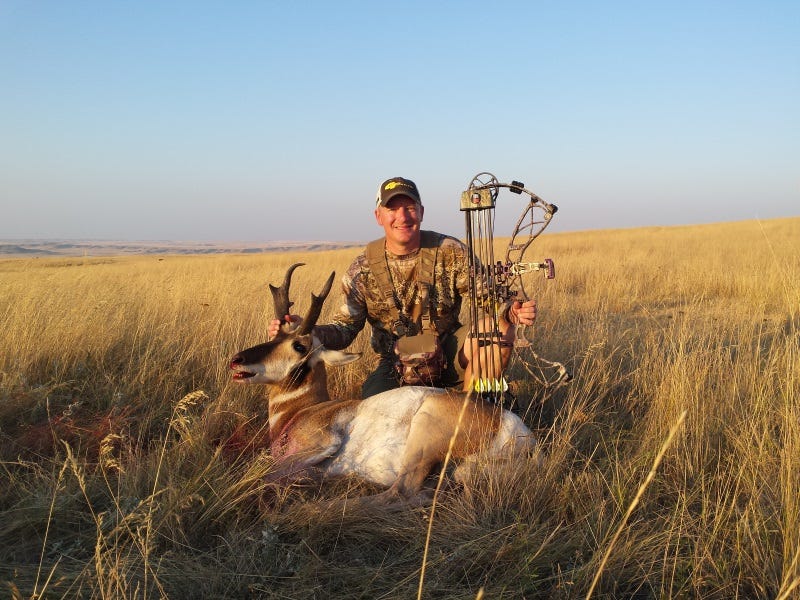
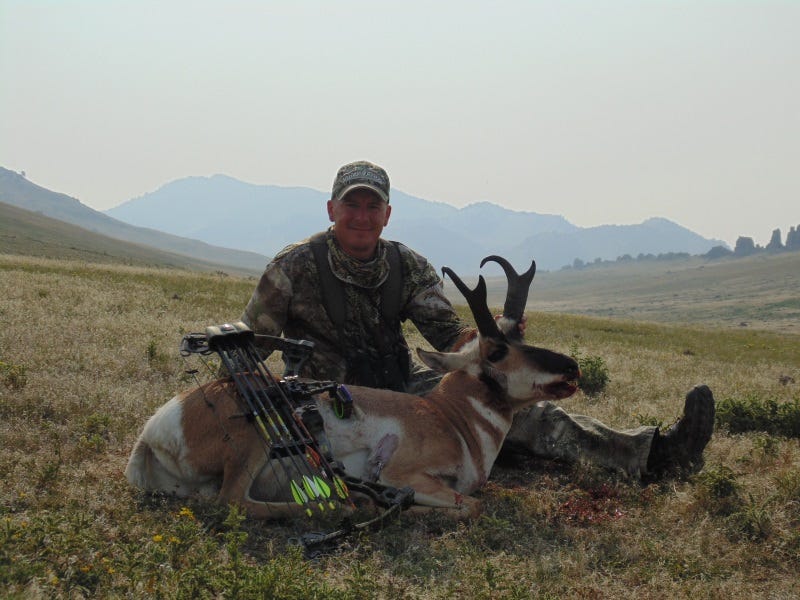 (2014 spot and stalk antelope)
(2014 spot and stalk antelope)When I was young, I hunted pronghorn (more commonly referred to as antelope) with a rifle. That didn't last long. Being a bowhunting addict, I decided to try my luck with archery equipment. That very first season some 20 years ago, I was successful with a nice P&Y buck, and I've been chasing them with my bow ever since. And with archery antelope season opening on August 15th, it gives me a good 2-3 weeks of bowhunting prior to the general archery elk and deer season opener, making it the perfect primer for September and October.
There are basically three methods for bowhunting antelope; sitting over water holes, decoying, and spot and stalk.
Three Types of Bowhunting for Pronghorn
Water Hole Hunting
There is no denying that bowhunting over a water hole works. However, it is very weather dependent. Hot and dry weather usually means antelope will come to water, while wet seasons and rain storms provide numerous watering opportunities elsewhere and waiting can be futile. I've set up ground blinds at watering holes, and have been successful at it. But being confined to a ground blind and sweating profusely, in the hopes that a "shooter" buck comes in to take a drink, is not my favorite way to bowhunt antelope.
Decoying for Antelope
Decoying can be an exciting and productive way to bowhunt antelope also. For that reason, I always carry a foldable antelope decoy and stakes while I spot and stalk antelope. When that buck you want to hunt isn't in a stalkable location, or has a harem of does, sometimes a buck decoy will bring him within range. And if he decides to come to the decoy, be ready, because he is apt to be on a dead run. This method is best utilized when hunting with a partner, so one can control the decoy while the other bowhunter can be the shooter. Note: Do not use a decoy during the rifle season!
This is the decoy to use if you are thinking about this method... or this 2-pack decoy option.
This method requires good optics and allows a bowhunter to look over a lot of country, and potentially many antelope bucks. Part of the hunt for me is finding a good antelope buck that I want to hunt, and then challenging myself to get close to that buck. Pitting yourself against an animal with almost 360° of vision, excellent hearing and sense of smell, a top end speed over 50 mph, and on their home turf, just might be one of the most challenging forms of bowhunting one can experience.
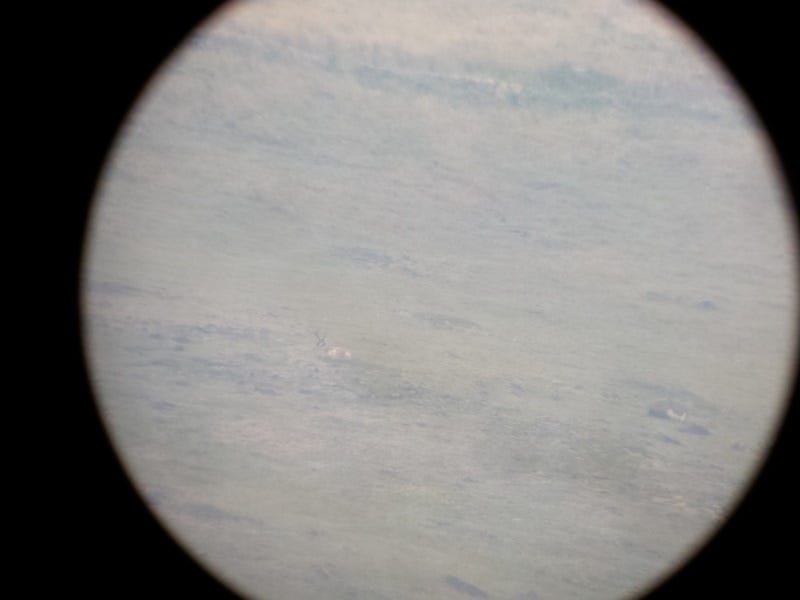
Spot and stalk Bowhunting: Pros and Cons
On the Pro-side
You can pick out the antelope you want to hunt, and not have to wait for him to come to you. When it's wet out and antelope won't go to water, it's that much quieter to attempt a stalk. And, you're getting good exercise which will pay off later when chasing deer or elk in the mountains.
On the Con-side
The heat, rattlesnakes, and an antelope's acute senses.
And I'm sure we could keep adding to each list. But, as with everything, each hunter has their own idea about which method of hunting is better, and the pros and cons associated with each. These are just a few of mine.
If you click here, you'll find out what Drew learned (and the mistakes he made) calling game.
All of this said, this brings me to this season...
My first morning out, I spent a few hours watching three young coyotes in a prairie dog town, a herd of antelope does being chased around by a nice antelope buck, and 11 bull elk head from water to the mountains. After lunch, I met up with my dad, and we glassed for antelope I could put a stalk on. We spotted a bachelor group of eight young bucks, and I was able to use the terrain to get with 29 yards of them. I decided I wasn't going to take a shot at any of them, so I took a few pictures and called it a day. On the way home, we stopped to watch five nice whitetail bucks that were still in velvet. Not a bad first day out.
On the second day, the weather was much cooler and it was extremely smoky from the numerous forest fires throughout the west. I thought it would be a good day to attempt a few stalks, because of the haze and the smell of smoke in the air. The morning was spent talking with friends about hunting and fishing, and then driving around the ranch to see where the antelope were. I spotted many antelope, saw a few coyotes, some mule deer, and three bull elk. Around noon we all met up for lunch.
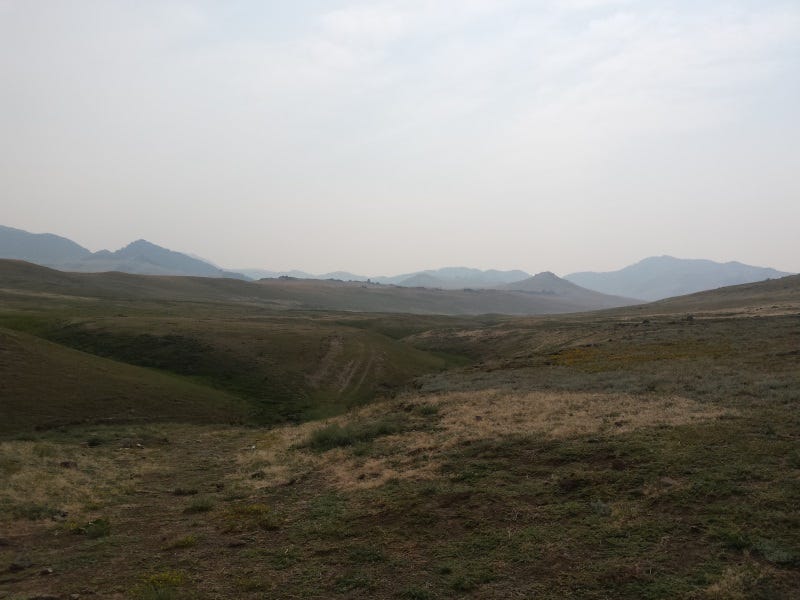
Finding the Buck's Bed
After we were done eating, I headed to a spot that commonly holds a nice antelope buck and some does. When I arrived to glass the area, no antelope were to be found. But I did spot a good looking buck, bedded about a half a mile up a canyon. Driving to a different vantage point, I glassed the buck again and decided that he was a shooter, was in a stalk-able location, and that the wind should favor me getting to within range. I geared up and set off on what would be about a half mile arc that would put me above the buck. Along the way, I found five snake skins, but did not see any rattlesnakes.
Want to meet the man behind Sitka's new Subalpine camo pattern?
When I arrived at the flat above where the buck had been bedded, I stopped about 100 yards from the edge to prepare for the final stalk. This is when I take off my boots, pull on a heavy pair of wool socks over the socks I am already wearing, and tuck my pant legs into the wool socks. Doing this forces me to slow down to avoid prickly pears and/or sharp objects, and makes stalking that final distance much quieter.
It also allows me to hopefully spot the antelope before he sees me. Tucking in the cuffs of my pants prevents them from rubbing on dry weeds and making unwanted noise. I also put on my light gloves and facemask, and turn my hat around so it will not create a shadow on my face. I used my wind checker one last time to make sure the wind was still in my favor, and slowly headed in.
Just prior to reaching the edge, I spotted the buck to my left. He was still bedded and would be within my bow range. I almost always stalk to a location downwind of the animal I am after, then make bounds upwind until I am in the right spot to attempt a shot. This prevents the animal from scenting me before I am in a position to take a shot. This is when going slow is very important.

Moving Upwind when you are in the Spot Stalk Game
After a couple of bounds upwind, I was in a spot where the antelope could not smell me and that would offer me a shot. I crawled into position, nocked an arrow, and slowly moved into a sitting position next to a yucca plant to help break-up my outline. I range the bedded buck at 42 yards. He was slightly quartering away and downhill from my location. There was just enough grass in front of him that I decided to wait until he stood up to take a shot. When "sitting" on a bedded animal, patience is a virtue.
While waiting for the buck to stand up, I slowly glassed the surrounding area and spotted a couple of mule deer bucks bedded in the shade of a cut-out bank. I kept looking back to see if the antelope buck was up, and then would glass some more. After about 30 minutes, I looked back at the bedded buck, to see that he was staring at me over his right shoulder. He must have caught a slight movement of mine and had me pegged. After a couple minute stand-off, he stood up, "blew" at me, and took off on a trot. I slowly made my way back to my gear, donned my boots and headed to the truck.
How's your scent control game when the wind can change at any minute?
Driving to the top of the canyon, I stopped at an overlook to a large prairie dog town. I immediately spotted a group of about 20 antelope with a very nice buck in the group. They were over a half mile away and in the middle of the valley. I put my spotting scope on the window and began glassing the herd and the entire valley. It wasn't long when I spotted a satellite buck on the far side of the herd and about a mile away. He wasn't as big as the herd buck, but his horns curled over nicely on top and he had good cutters (prongs). He was also within a couple hundred yards of the southern ridgeline of the valley. I watched him feed towards the ridge for about 10-15, when he finally bedded down in a spot where he could keep an eye on the bigger buck and his harem of does. I continued to watch all of the antelope for about an hour, making sure that none of them moved off. If the herd had left, the bedded buck I was interested in would most likely have departed with them.
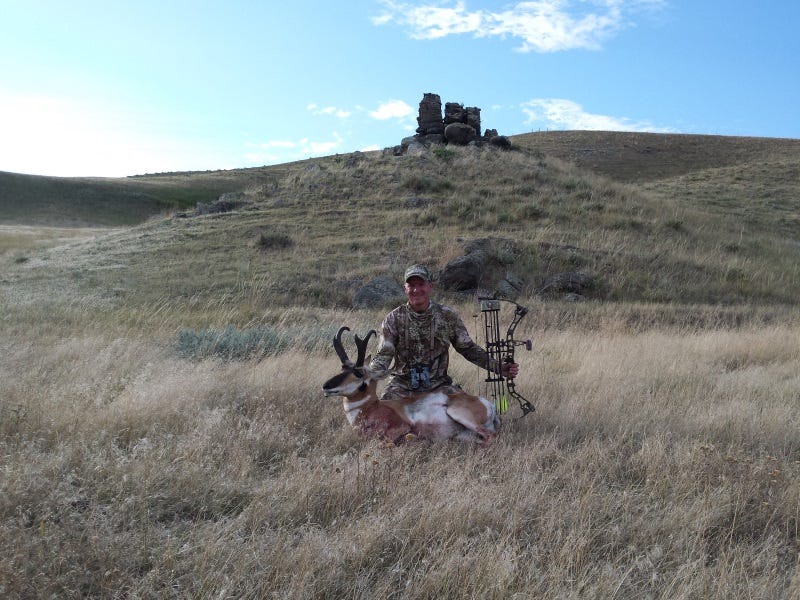
Second Stalk for Antelope
With my gear at the ready on my tailgate, I loaded up and took off on my second stalk of the day. I headed back down the canyon to where the valley behind the south ridge connected, and headed up it to stay out of view of all the antelope. Arriving at a point that I thought would bring me downwind of the bedded buck, I slowly crested the ridge until I could see the main herd of antelope. Using my binoculars, I spotted the bedded buck about 200 yards farther up the valley from my location. He had moved from his original position, and now he was bedded facing up the valley. As with the previous stalk, I backed off, closed the distance, and geared up for the final stalk.
After only two small bounds, I was able to crawl to a position that provided both cover and a shot opportunity. The buck was bedded broadside and facing the herd, and the wind was constant from my left to right. I ranged him at 55 yards, but he did not offer a good shot. The waiting game began again. This time however, he stood up after only 10-15 minutes and began to eat. I quickly ranged him at 58 yards. When he turned his head to look toward the herd, I drew my bow and settled the 60 yard pin low in the crease behind his shoulder. At the release of my arrow, I heard the familiar "thwack" indicating a solid hit.
He ran off about 20-30 yards, started to wobble, and bedded down facing away from me. Not being able to see him broadside, I was unsure of exactly where I had hit him. Not wanting to chase a wounded antelope, I quickly nocked another arrow, drew my bow and aimed at the back of his neck. When the arrow hit him, he took off on a staggering run and piled up a short distance from where he had been bedded. I sat there watching to make sure he wasn't going to get back up, and finally went to collect my dropped gear.
If you're hunting more dangerous game with a bow, you might want one of these.
When I walked up to and inspected my antelope, I found that my first shot had hit him square in the shoulder and exited low in the crease on the opposite side. Even though the second shot had not been necessary, I always follow-up with additional shots when available, to ensure the quickest kills possible and to prevent possible loss of the animal.
My 2015 archery antelope season ended with early success, but it is far from the norm. Spot and stalk bowhunting can test your patience as well as your resolve. But when it’s all said and done, chasing my passion beats sitting around the house watching TV…successful or not.
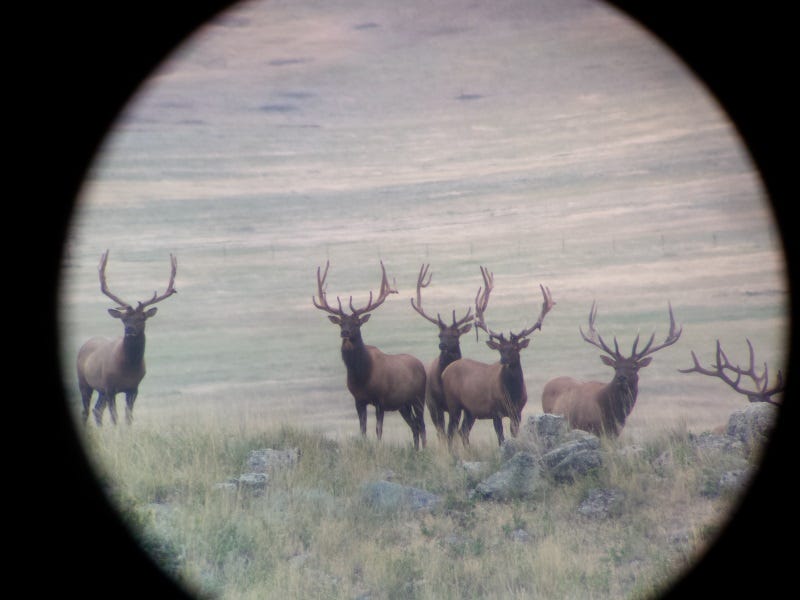
Additional Tips and Tactics to Consider while Spot Stalking
Here are a few additional tips to consider when spot and stalk bowhunting antelope: Always place your gear next to a prominent reference point, like a large rock or something easily recognizable, so you will be able to find it when your stalk is completed. It can be easy to lose your camouflaged gear when the rush of the hunt is on or if your stalk takes you farther than you expected. When stalking in rattlesnake country, keep your eyes and ears open for their presence.
Visit our catalog of archery bows, decoys and additional supplies online here.
You can usually spot or hear them before getting too close, but I have still had some close calls and have been struck at a few times. And lastly, if at first you don't succeed, try again. Stay determined and don't let the failures outweigh the fact that at least you are out and trying. And if you haven't tagged an antelope with your bow yet, the first time you are successful, it will make all the previous efforts worthwhile!
